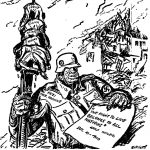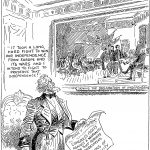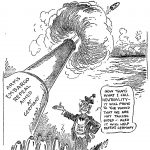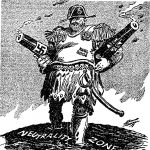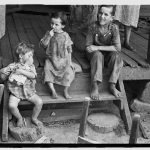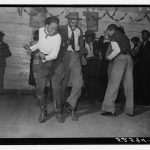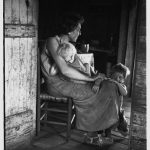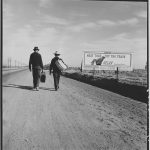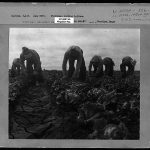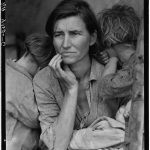A Hero for the Cold War
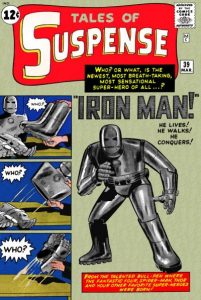 Read “Iron Man is Born!” the 1962 debut story of Stan Lee’s Iron Man, which ran in Tales of Suspense #39. (Note that the Iron Man story is the first of two that ran in that issue; you don’t have to read the second story.)
Read “Iron Man is Born!” the 1962 debut story of Stan Lee’s Iron Man, which ran in Tales of Suspense #39. (Note that the Iron Man story is the first of two that ran in that issue; you don’t have to read the second story.)
Respond to one of the following prompts in a short paragraph:
- How does “Iron Man is Born!” compare to the version of the hero’s origin story in the Marvel Cinematic Universe? (For a refresher on the movie version, check out the first 50 seconds of the trailer from the 2008 feature film). In answering this, please focus on a particular aspect of the comic vs. the movie: tone, characterization, setting, etc..
- What’s this comic trying to suggest through its characterization of the Vietnamese warlord Wong-Chu?
- What’s this comic trying to suggest through its characterization of weapons designer Tony Stark? (Note that Stark is a more complex character than Wong-Chu, so you should probably focus on one of his character traits, or on a telling contrast between two of them.)
- What does the new hero, Iron Man, symbolize? Feel free to give an imaginative answer, but try to stay grounded in the visual and story details of the comic in front of you.
In addition this reading assignment, I encourage you to make a start on Essay Two. Follow the link to read ¶s posted by your follow students and submit 1-2 of your own to get feedback from me.

